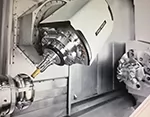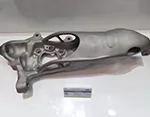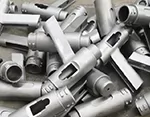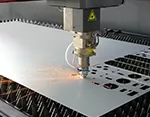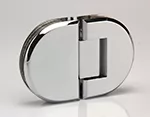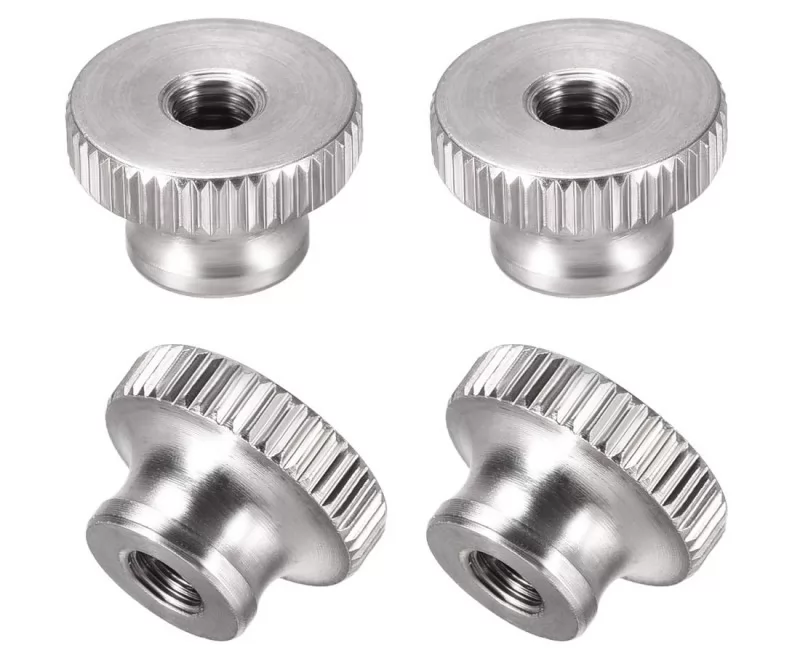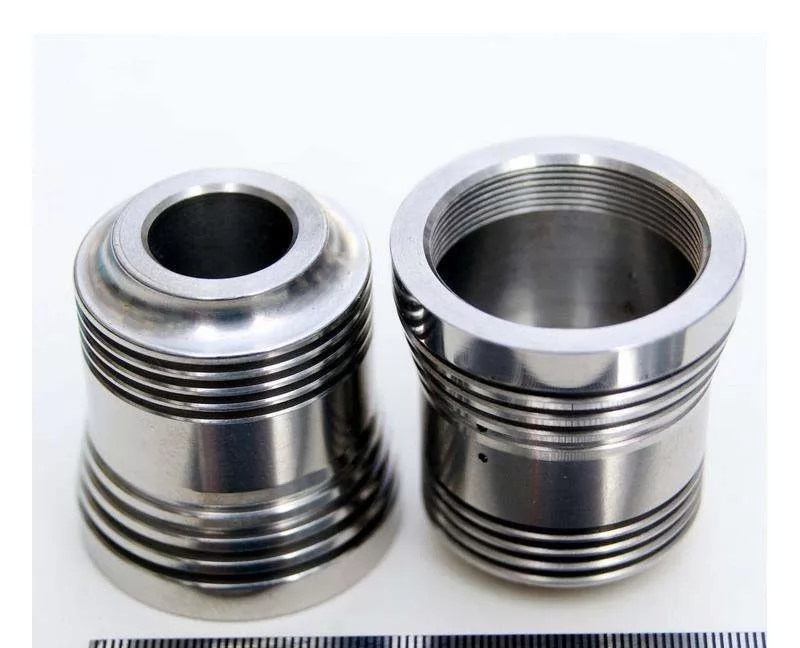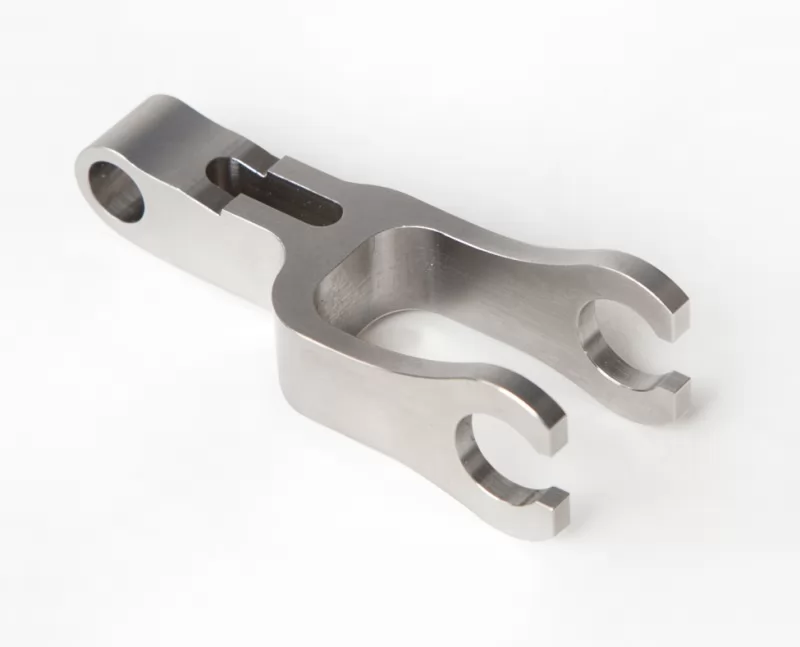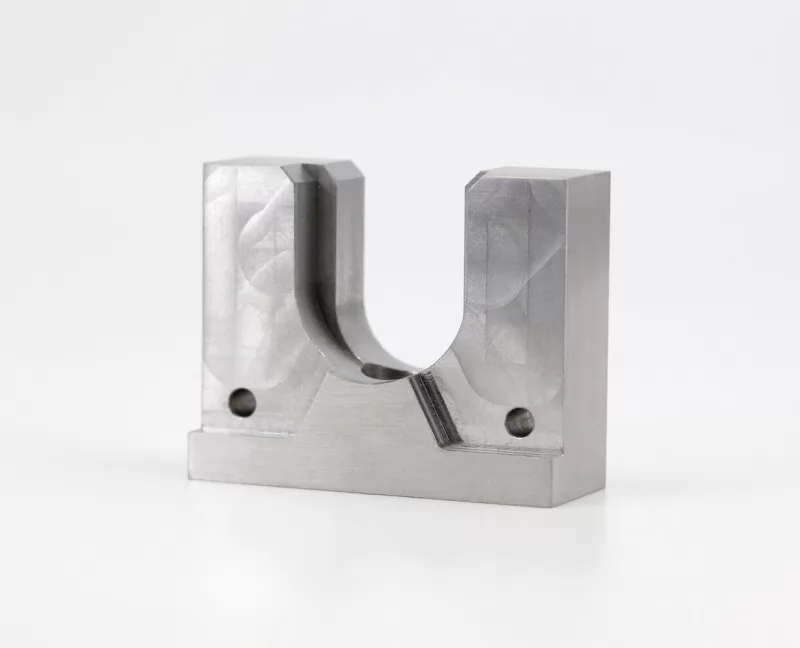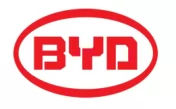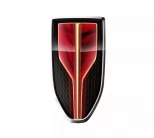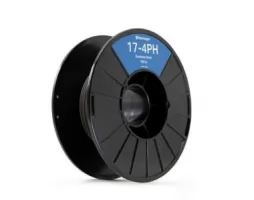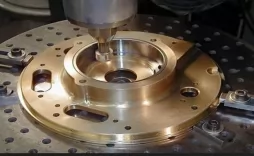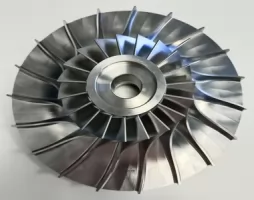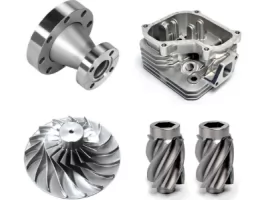-
Service
+
- CNC Precision Machining Service +
- Multi-Axis Simultaneous Machining Service +
- CNC Turning Service +
- Metal 3D Printing Service +
- Rapid Prototyping Service +
- Die Casting Service +
- Sheet Metal Fabrication Service +
-
Finish Serivces
+
- Polishing
- Grinding
- Brushed Finish
- Sand blasting
- Painting
- Powder Painting
- Anodizing
- Hard anodizing Service
- Passivation
- Zinc Plating
- Nickel Plating
- Chrome Plating
- Blackening
- Black Zinc Plating
- Teflon Coating
- Titanium Coating
- DLC Coating
- Laser Marking
- Silk Screen Printing
- Transfer Printing
- Micro Arc Oxidation
- Industries +
- About Us +
- Resource +
- Contact Us
- Quote

-
Service
-
>
-
>
-
>
-
>
-
>
-
>
-
>
-
>
-
- Industries
- About Us
- Resource
- Contact Us
High Precision Machining Steel in China
Steel is one of the most commonly used materials in CNC milling and CNC turning. The primary element of steel is iron (from iron ore) combined with varying amounts of other elements to create a variety of steel types, producing metals with a wide range of physical properties to meet the requirements of a variety of applications.CNC machining steel parts are among the most popular for custom machined parts and prototypes.Steel can be divided into 4 basic categories. Carbon steel, stainless steel, alloy steel, tool steel. Different steel grades have different characteristics, and the characteristics of steel grades determine their respective uses in specific processing projects.
Steel is one of the most commonly used materials in CNC milling and CNC turning. The primary element of steel is iron (from iron ore) combined with varying amounts of other elements to create a variety of steel types, producing metals with a wide range of physical properties to meet the requirements of a variety of applications.
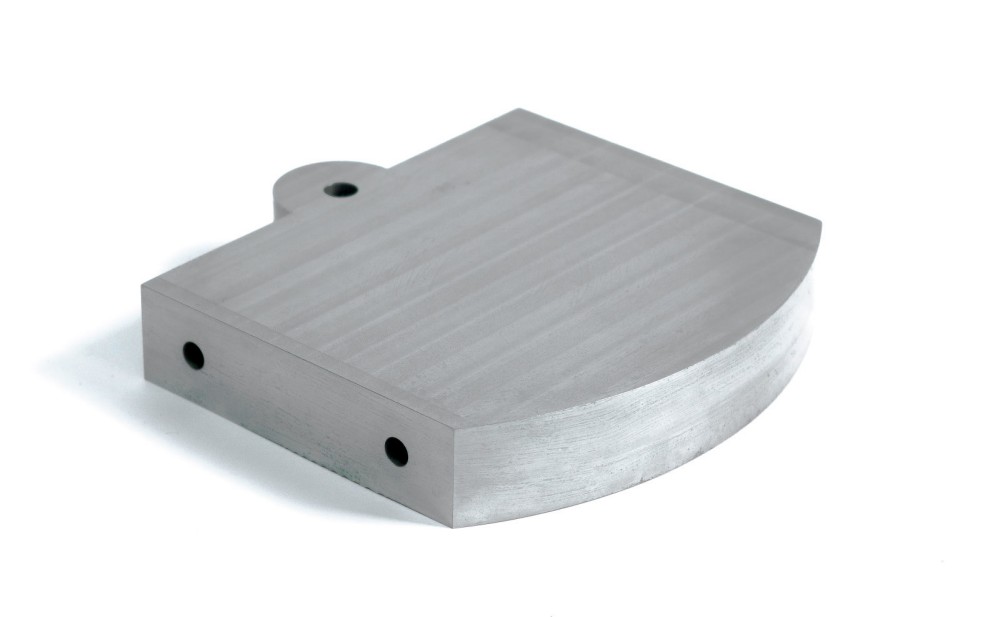
Steel
The added material changes the properties of the steel (e.g., flexibility, strength, formability, and hardenability). Typically, alloying elements are added in low amounts (less than 5%) to improve strength or hardenability, or in higher amounts (more than 5%) to obtain special properties, such as corrosion resistance or extreme temperature stability.
In the CNC machining industry, steel can be divided into 4 basic categories. Carbon steel, stainless steel, alloy steel, tool steel.
Stainless steel:
For stainless steel, chromium is the main element (up to 10-20%) added to the composition. It is primarily used to increase visual appearance and rust resistance. It is a more expensive material and more difficult to machine.
Examples of stainless steel grades:
303, 304 and 316
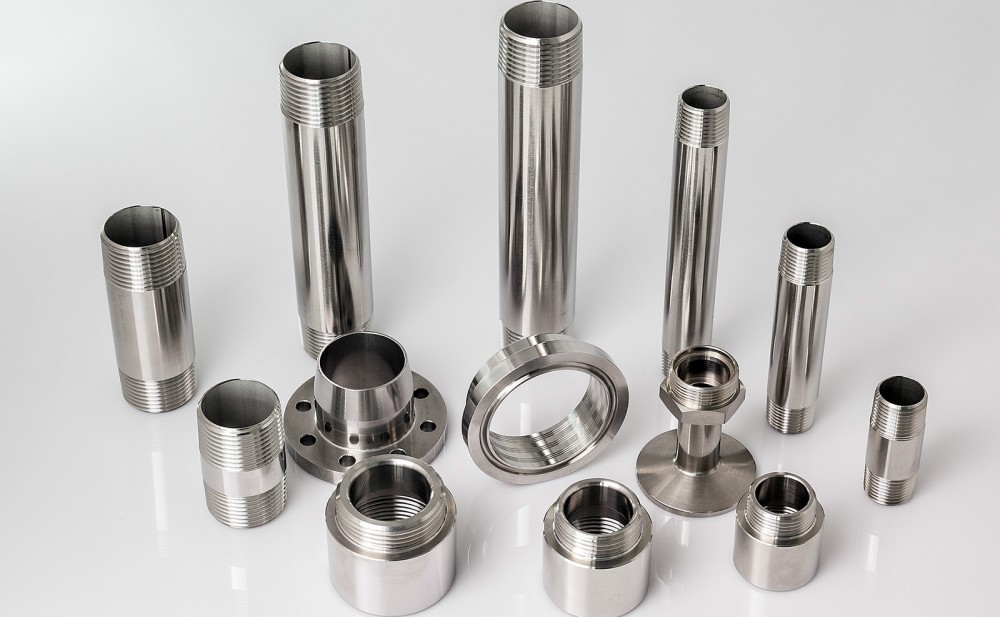
Stainless Steel
Tool steel:
Tool steel is a common name for high alloy steel. They are defined as carbon steels containing at least 5% additional alloying elements. Compared with alloy steel, it has higher strength but lower productivity.
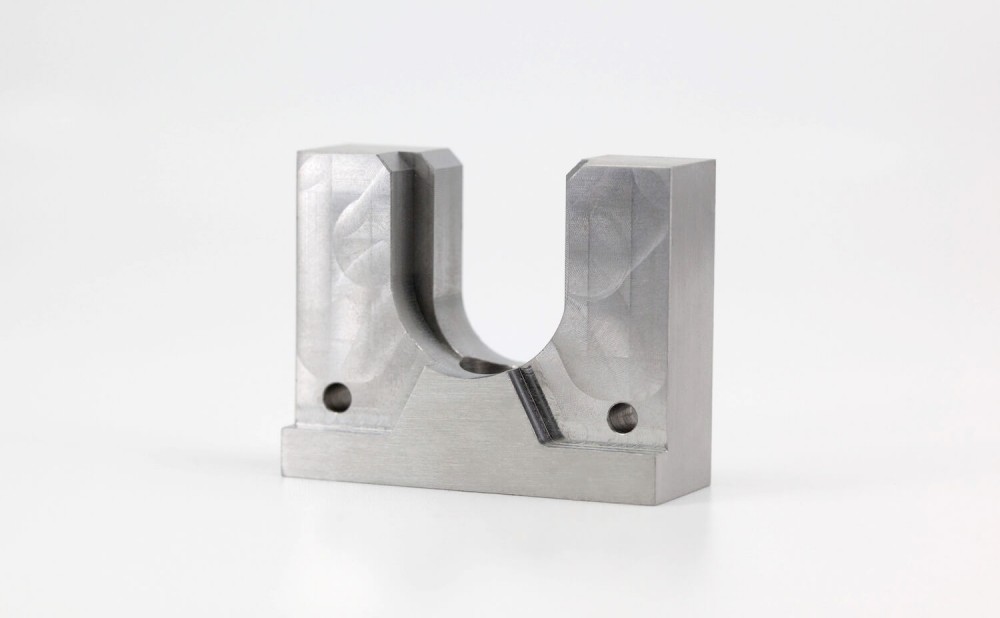
Tool Steel
Carbon Steel:
The composition of this steel contains up to 2-3% carbon. In this category there are low carbon steels, medium carbon steels and high carbon steels. The higher the carbon content, the greater the hardness and strength. These steels are generally easy to machine (although they become more difficult as the carbon content increases). These steels usually require heat treatment after machining to reduce corrosion/weathering. Almost 90% of steel production is in the carbon steel category.
Examples of carbon steel grades:
Low: 1010, 1018
Media: 1030 and 1040
High: 1080
Alloy Steels:
These steels are made by adding varying amounts of additional elements to carbon steel. This produces a steel with additional physical properties not found in ordinary carbon steel. In general, increased hardness, corrosion resistance and strength are desirable properties.But a wide variety of elements can be added to achieve a range of improved properties, including: additions of manganese, silicon, nickel and copper for added strength. Chromium, vanadium, molybdenum and tungsten improve appearance. Nickel and copper improve corrosion resistance. Molybdenum helps resist embrittlement. Zirconium, cerium and calcium add toughness. Lead, bismuth, selenium and tellurium improve machinability.
Examples of alloy steels include:
4130, 4140 and 4340
Advantages of CNC Machining Steel:
CNC machining steel parts are among the most popular for custom machined parts and prototypes. Most CNC steel parts available today have good machinability, i.e. the metal can be easily cut or shaped to give decent results. Another benefit of CNC machining steel is that the products are highly resistant to corrosion and wear. Additionally, steel parts are often compatible with many finishes.
Surface Treatment of Steel:
Powder Coating
Powder coat finish involves depositing dry powder on the surface of the steel. The finish is typically between 0.15 and 0.3 mm thick. The apparent benefit is to increase the CNC steel parts’ resistance to corrosion.
Nickel Plating
This surface finish involves electroplating steel metal by adding a thin layer of nickel, around 0.1 mm. This can improve the resistance of the steel parts to corrosion and wear.
Grinding
Grinding helps to smoothen the steel surface, removing irregularities. Manufacturers do this using a grinding wheel.
Cooperated Customers / Cooperated Companies
1. Contact us with the drawings of your products.
Files formats are accepted when clients send us drawing.
3D: Pro/E, UG
2D: Auto CAD
Accepted file format: .igs, .prt, .stp, .x_t, .dxf, .dwg, .pdf, .jpg, .tif, .bmp, .doc, .xls.
2. Receive our offer.
We will send you the quotation sheet as soon as possible.
3. Place the orders
4. Make payments.
5. Engineers write programs for products.
6. Production.
Machining types: CNC milling, CNC turning, grinding, stamping, bending, welding, die casting, drilling, tapping and injection molding.
CNC machining range:
Aluminum: 6061, 6063, 6061-T6, 7075, 5052, 2017, 6083.
* Steel: Q215,Q235,10# 15#, 45#, S136, SKD11,718H.
* Copper/brass / bronze.
* Titanium / TC4.
* Plastic: Delrin (POM), Teflon, Nylon, PA, PC, PMMA, Ultem (PEI), PTFE.
* Stainless steel: 303, 304, 316, 430, 420.
Surface treatment: laser engraving LOGO, Anodizing, Sandblasting, Plating chrome, Plating nickel, RoHS zin, Assembly, Welding, Heat treating, and so on.
7. QC checks the quality of machinery machining parts.
8. Packing.
9. Delivery.
Within 15-20 workdays after payment is received.
For more information and consultation, contact us here!

